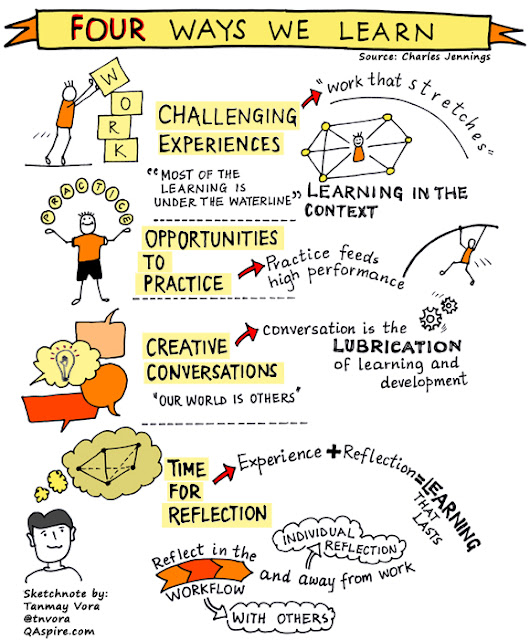Feedback - information about reactions to a product, a person's performance of a task, etc., used as a basis for improvement.As you reflect on the two definitions above, what pathway would you prefer? Successful feedback lies in a variety of factors such as delivery in a timely manner, detailing practical or specific strategies for improvement, ensuring the delivery is positive, consistently providing it, and at times choosing the right medium to convey the message. However, one of the most important considerations is to ensure that a two-way conversation takes place where there is a dialogue, not a monologue. Virtually no educator wants to have suggestions dictated to him or her.
Criticism - the expression of disapproval of someone or something based on perceived faults or mistakes.
A recent coaching visit with Corinth Elementary School placed me in a position to model all of the above. Over the course of the year, I have been working with the district on building pedagogical capacity both with and without technology. After visiting numerous classrooms, I met with a grade-level team and the administrators to facilitate a dialogue as part of a more meaningful feedback conversation. Instead of just telling them what I saw and thought, I instead had them pair up and discuss their lessons using the following question prompts:
- How do you think the lesson or activity went?
- What would you have done differently?
The point here was for them to begin to reflect on both the positive outcomes as well as the challenges that might have been experienced. Lasting improvement comes from our own realizations as to what can be done to grow and improve rather than just being told. After some volunteers shared how they thought the lesson went, I then challenged them with the following questions to facilitate a more in-depth analysis of the effectiveness of the lesson from their lens:
- How do you know your kids learned?
- Where was the level of thinking?
- How did kids apply their thinking in relevant and meaningful ways?
- How did you push all kids regardless of where they were?
- What role did technology have in the process?
- What accountability structures were put in place?
- What do you think your kids thought of the lesson?
Whether peer to peer or from a supervisory position, engage in a collaborative dialogue during any feedback conversation. Then provide time to process, further reflect, and develop action steps for improvement. I hope you find the questions in this post as useful as I have.

You need to be a member of School Leadership 2.0 to add comments!
Join School Leadership 2.0